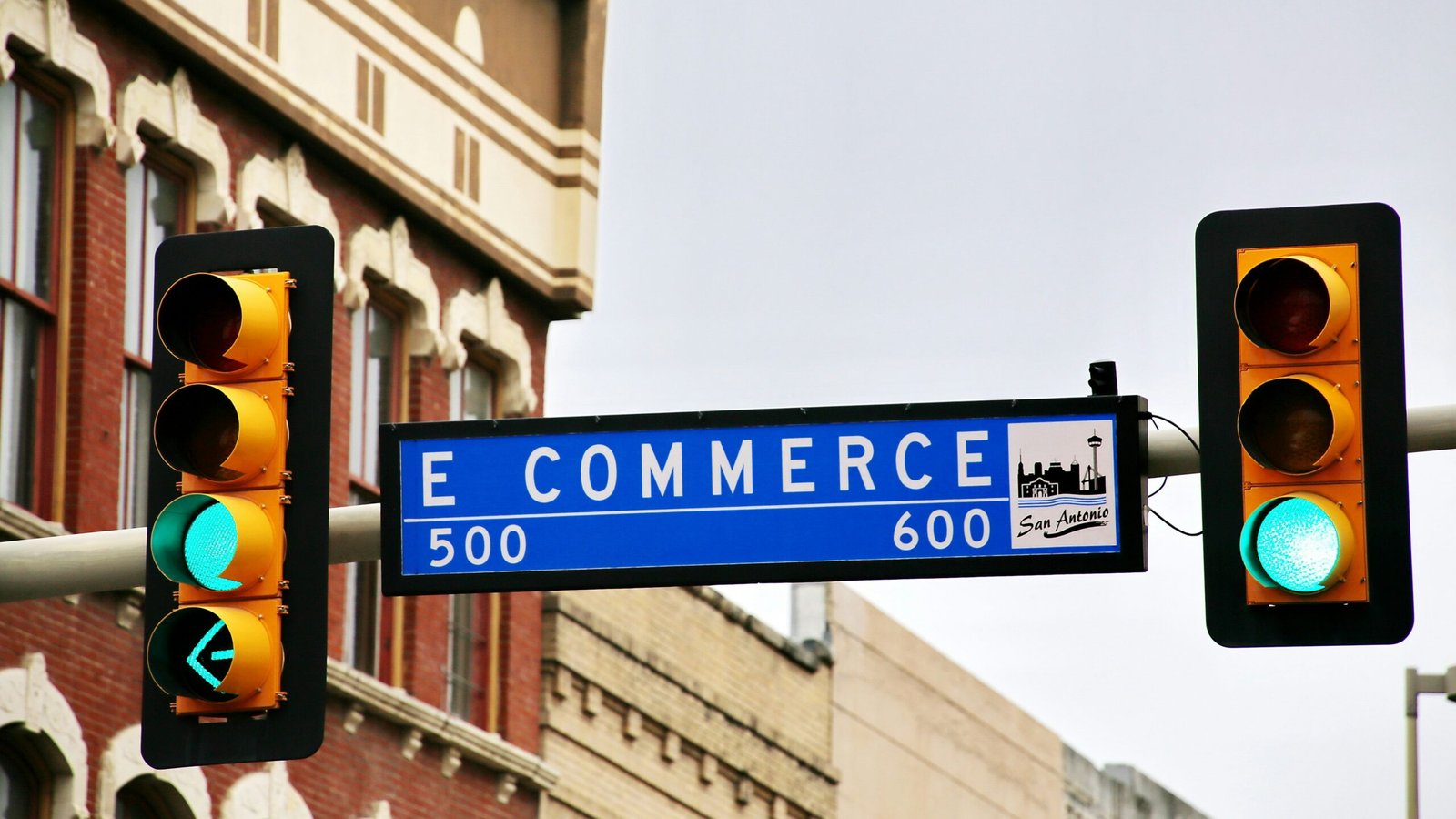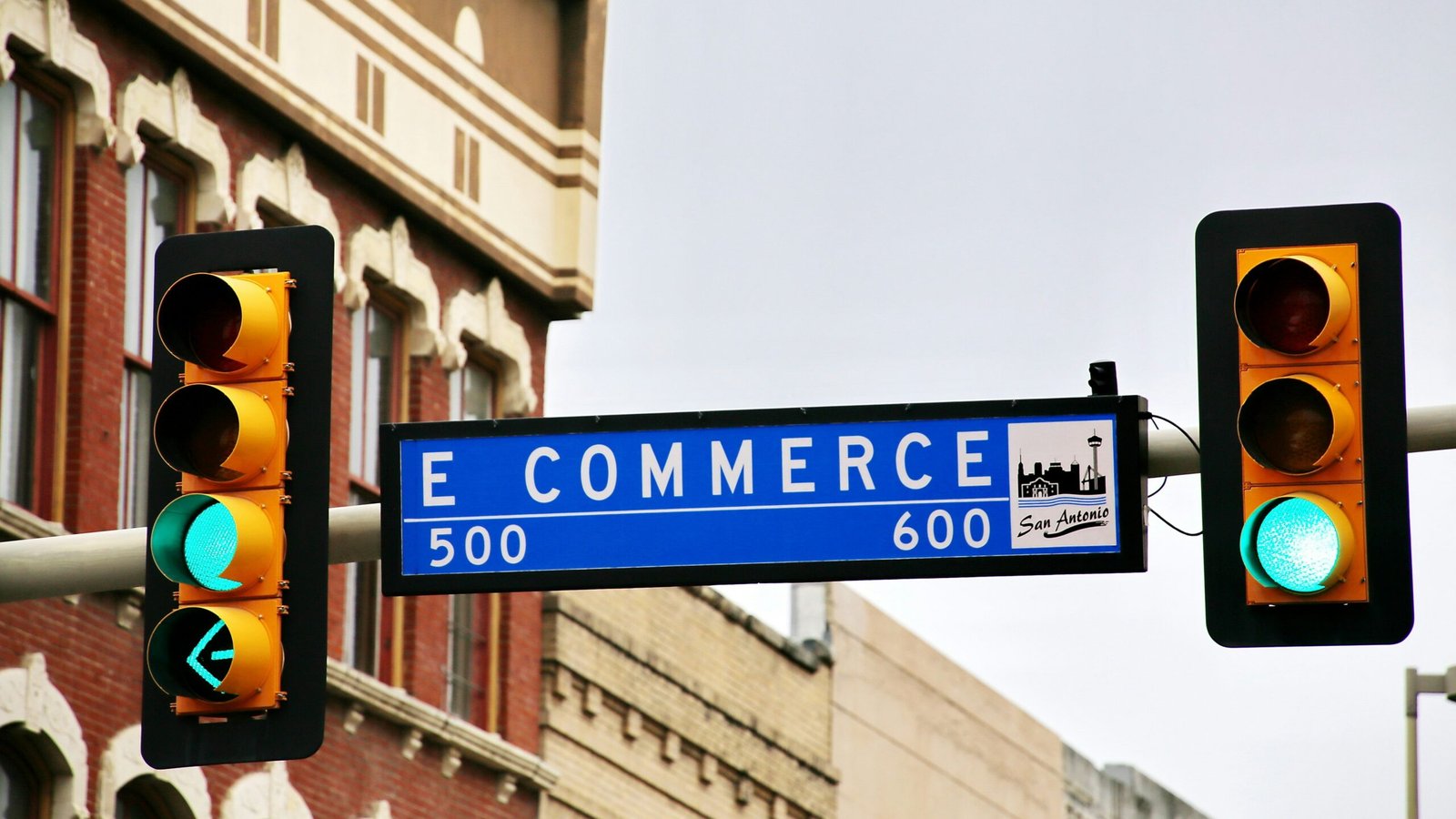How Cart Abandonment Emails Drive E-commerce Success
Cart abandonment emails have become an essential tool for e-commerce success due to their ability to re-engage customers and recover lost sales. These emails are sent to customers who have added items to their shopping carts but have not completed the checkout process. By reminding customers of the items they left behind and offering incentives or personalized recommendations, cart abandonment emails have proven to be highly effective in encouraging customers to return to their abandoned carts and complete their purchases.
One of the key reasons why cart abandonment emails are so effective is their ability to address the specific concerns or hesitations that led to the abandonment in the first place. For example, a customer may have abandoned their cart because they were unsure about the shipping costs or delivery time. In a well-crafted abandonment email, the e-commerce business can address these concerns by offering free shipping or highlighting their fast delivery options, thus alleviating the customer’s worries and increasing the likelihood of a purchase.
Furthermore, cart abandonment emails provide an opportunity for e-commerce businesses to build a deeper connection with their customers. By personalizing the content of these emails based on the customer’s browsing and purchase history, businesses can show that they understand their customers’ preferences and needs. This personalized approach not only increases the chances of a customer returning to their abandoned cart but also enhances the overall customer experience and loyalty.
In addition to recovering lost sales, cart abandonment emails also serve as a valuable source of data and insights for e-commerce businesses. By analyzing the response rates and conversion rates of these emails, businesses can gain valuable insights into customer behavior and preferences. This information can then be used to optimize marketing strategies, improve website usability, and tailor product offerings to better meet customer needs.
Overall, cart abandonment emails have become an indispensable tool for e-commerce businesses looking to maximize their sales and customer engagement. By addressing specific concerns, personalizing content, and leveraging data insights, these emails have proven to be a highly effective means of re-engaging customers and recovering lost revenue. As the e-commerce landscape continues to evolve, cart abandonment emails will likely remain a crucial component of any successful e-commerce marketing strategy.
Not only do cart abandonment emails have high open and click-through rates, but they also have the potential to significantly increase conversion rates. According to a study by Barilliance, businesses that send cart abandonment emails can recover an average of 10-15% of abandoned carts. This means that by implementing an effective cart abandonment email strategy, businesses can recover a substantial amount of potential revenue that would have otherwise been lost.
So, how can businesses create compelling cart abandonment emails that are more likely to convert? Firstly, it is important to personalize the emails based on the customer’s browsing and purchasing history. By including the specific items that the customer abandoned in their cart, businesses can remind them of what they were interested in and make it easier for them to continue the purchase process.
In addition to personalization, offering incentives in the form of discounts or free shipping can also be highly effective. Customers may have abandoned their carts due to factors such as unexpected costs or simply being unsure about making the purchase. By providing them with an incentive to complete the transaction, businesses can overcome these barriers and increase the likelihood of conversion.
Furthermore, timing is crucial when it comes to sending cart abandonment emails. Studies have shown that sending the first email within an hour of the cart abandonment has the highest chance of success. This is because the customer’s interest and intent to purchase are still fresh in their mind. However, it is also important to follow up with subsequent emails if the customer does not respond to the initial email. A well-planned email sequence can help to further engage the customer and increase the chances of conversion.
Overall, cart abandonment emails are a powerful tool that should not be overlooked by e-commerce businesses. By implementing a well-crafted email strategy that includes personalization, incentives, and timely follow-ups, businesses can effectively recover lost sales and ultimately increase their revenue.
Key Elements of an Effective Cart Abandonment Email
Creating a compelling cart abandonment email requires careful consideration of several key elements. Let’s take a closer look at each of them:
1. Attention-Grabbing Subject Line
The subject line is the first thing that recipients see in their inbox, so it needs to be attention-grabbing and compelling. It should create a sense of urgency or curiosity to entice the customer to open the email. For example, “Don’t Miss Out! Complete Your Purchase Now!” or “We Saved Your Cart – Claim Your Items Before They’re Gone!”
2. Personalized Content
Personalization is key when it comes to cart abandonment emails. Addressing the customer by their name and including the items they left in their cart can make the email feel more tailored and relevant. Additionally, including personalized recommendations or related products can help pique the customer’s interest and increase the chances of a conversion.
3. Clear Call-to-Action
A clear and prominent call-to-action (CTA) is crucial in cart abandonment emails. The CTA should stand out and clearly direct the customer back to their abandoned cart. Using action-oriented language such as “Complete Your Purchase” or “Claim Your Items Now” can help create a sense of urgency and encourage immediate action.
4. Incentives and Offers
To further entice customers to complete their purchase, including incentives and offers in the cart abandonment email can be highly effective. This could be a discount, free shipping, or a limited-time promotion. By providing an extra incentive, businesses can increase the likelihood of conversion and make the customer feel valued.
5. Mobile-Friendly Design
In today’s mobile-centric world, it is essential to ensure that cart abandonment emails are optimized for mobile devices. The email should be easy to read and navigate on smaller screens, with clear and clickable buttons. A mobile-friendly design will enhance the user experience and make it more convenient for customers to complete their purchase on the go.
Furthermore, a mobile-friendly design can also improve the email’s deliverability. With more people accessing their emails on mobile devices, email providers prioritize mobile-friendly content in their algorithms. This means that if your cart abandonment email is not optimized for mobile, it may end up in the spam folder or be displayed incorrectly, resulting in a missed opportunity to re-engage with the customer.
When designing a mobile-friendly cart abandonment email, it is important to consider factors such as font size, image size, and overall layout. Using a responsive design that adapts to different screen sizes is recommended to ensure that the email displays correctly on all devices. Additionally, keeping the email concise and to the point can help improve readability on mobile screens.
Another important aspect of mobile optimization is the loading speed of the email. Mobile users expect fast-loading content, and if your email takes too long to load, it may lead to frustration and abandonment. To optimize loading speed, it is advisable to compress images, use minimal coding, and avoid excessive use of large files or videos.
In conclusion, a mobile-friendly design is an essential element of an effective cart abandonment email. By ensuring that your email is optimized for mobile devices, you can improve deliverability, enhance the user experience, and increase the chances of converting abandoned carts into completed purchases.
Pro Tip:
Cart Abandonment Emails — According to Findstack, seven in every 10 shoppers abandon online shopping carts before completion. Cart abandonment emails encourage prospects to complete their purchase. And it seems we need a few reminders — three cart abandonment emails result in 70% more completed orders than just one.Need Help creating cart abondonment emails?
cart abandonment emails Best Practices
1. Personalize the Email
Personalization is key when it comes to cart abandonment emails. Addressing the customer by name and referencing the specific items they left in their cart can make the email feel more tailored to their needs and increase the likelihood of a conversion. Additionally, using dynamic content to showcase related products or offer personalized recommendations can further enhance the customer’s shopping experience and entice them to revisit their abandoned cart.
2. Create a Sense of Urgency
Creating a sense of urgency in the cart abandonment email can be a powerful motivator for customers to take action. Including limited-time offers, countdown timers, or highlighting low stock levels can create a fear of missing out and prompt customers to complete their purchase sooner rather than later. However, it is important to strike a balance and not come across as overly pushy or desperate, as this can have a negative impact on the customer’s perception of the brand.
3. Offer Incentives
Providing incentives in the cart abandonment email can be a highly effective way to encourage customers to return and complete their purchase. This can include offering a discount or free shipping, providing a special promotion code, or even giving them loyalty points for their next purchase. The key is to make the incentive enticing enough to make the customer reconsider their decision to abandon their cart and provide them with a clear benefit for completing their purchase.
4. Optimize for Mobile Devices
In today’s mobile-driven world, it is essential to optimize cart abandonment emails for mobile devices. The email should be responsive and easily readable on smartphones and tablets, with clear call-to-action buttons that are easy to tap. By ensuring a seamless mobile experience, you can capture the attention of customers who may have abandoned their cart while browsing on their mobile device and increase the chances of conversion.
5. Segment Your Audience
Segmenting your audience based on their behavior and preferences can significantly improve the effectiveness of your cart abandonment emails. By understanding the specific reasons why customers abandon their carts, you can tailor your email content to address their concerns and provide relevant solutions. For example, if a customer abandoned their cart due to high shipping costs, you can offer them free shipping as an incentive in the email. This level of personalization can greatly increase the chances of conversion and customer satisfaction.
6. Monitor and Analyze Results
Lastly, it is crucial to constantly monitor and analyze the results of your cart abandonment email campaigns. Tracking metrics such as open rates, click-through rates, and conversion rates can provide valuable insights into the effectiveness of your emails and help identify areas for improvement. Additionally, monitoring the reasons for cart abandonment and analyzing the customer journey can help uncover any underlying issues or friction points in the purchasing process that need to be addressed.
By following these best practices, you can create cart abandonment emails that not only capture the attention of your customers but also drive them to complete their purchase. Remember, every abandoned cart represents a potential sale, and with the right strategies in place, you can turn these missed opportunities into revenue for your business.
However, it is important for e-commerce marketers to understand that cart abandonment emails are just one piece of the puzzle when it comes to recovering lost sales. While these emails can be highly effective in re-engaging customers and convincing them to complete their purchase, there are other strategies that should be considered as well.
One such strategy is remarketing. Remarketing involves targeting customers who have shown interest in a product or service but have not yet made a purchase. This can be done through various channels such as display ads, social media ads, or even personalized emails. By reminding these customers of the product they were interested in and offering them incentives or discounts, businesses can increase the likelihood of conversion.
Another strategy to consider is improving the overall user experience on the website. Oftentimes, customers abandon their carts due to a complicated or frustrating checkout process. By streamlining the checkout process, offering multiple payment options, and providing clear and concise instructions, businesses can reduce cart abandonment rates and increase conversions.
Additionally, it is important to analyze and understand the reasons behind cart abandonment. This can be done through tools such as Google Analytics or customer surveys. By identifying common pain points or barriers to purchase, businesses can make targeted improvements to their website or marketing strategies to address these issues and reduce cart abandonment rates.
Furthermore, personalization is key in today’s competitive e-commerce landscape. By utilizing customer data and segmentation, businesses can create highly targeted and personalized cart abandonment emails that resonate with customers on an individual level. This can include referencing the specific items left in the cart, offering personalized recommendations, or even providing exclusive discounts or offers based on the customer’s browsing and purchase history.
In conclusion, while cart abandonment emails are a valuable tool, e-commerce marketers should not rely solely on them to recover lost sales. By implementing a multi-faceted approach that includes remarketing, improving user experience, analyzing cart abandonment reasons, and personalizing communications, businesses can significantly increase their chances of recovering lost sales and driving success in the competitive world of e-commerce.







